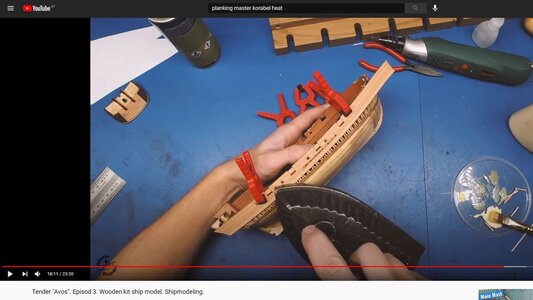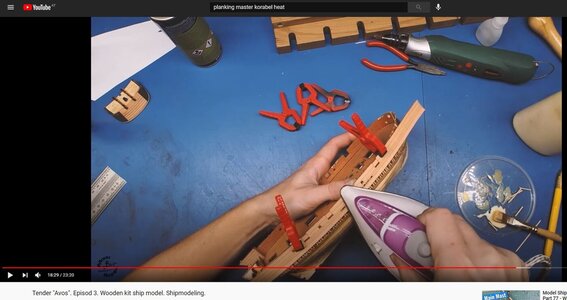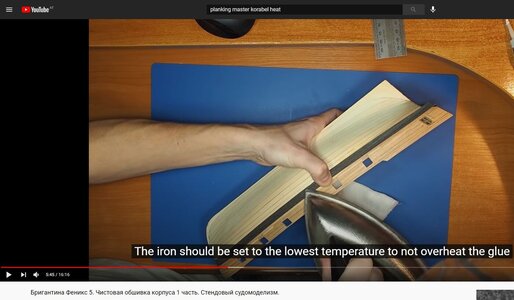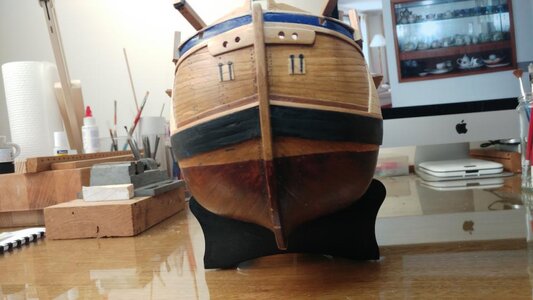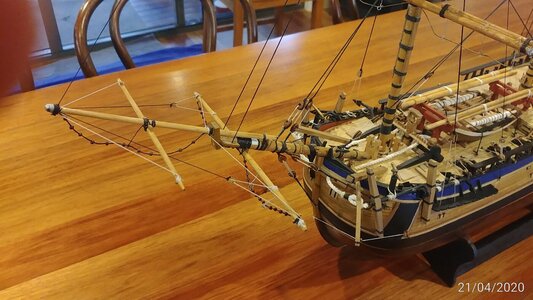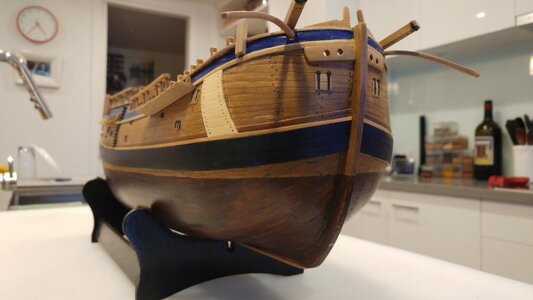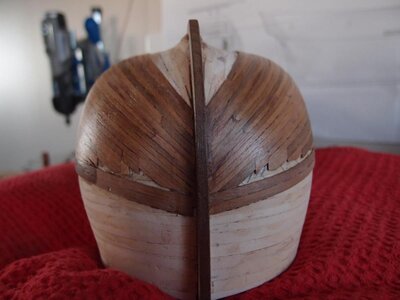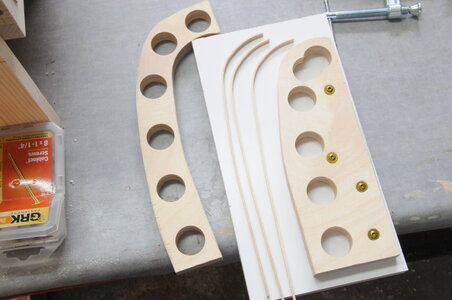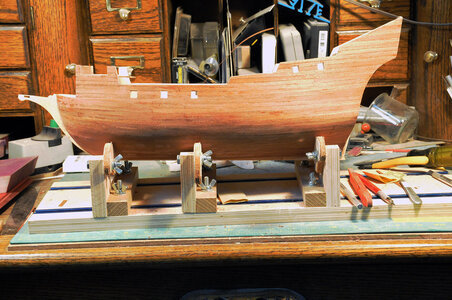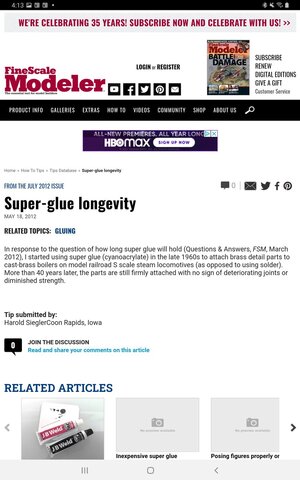- Joined
- Oct 12, 2019
- Messages
- 110
- Points
- 78

Hi,
This is a SOS!
I'm trying to plank the outer bulwarks of my Artesania Latina Swift. The detail packed instructions said to use contact glue. I need 10 strips to complete both sides, I have 11 left. Well I masked off the model, applied good old well bond contact cement to the bulwark side and one side of a fitted ( to a degree ) plank. That's seems to be a poor choice, sticks to quick, too easy to break (trying to align it) and all the glue slop that got onto the outer side of the plank.
Extremely frustrated.
Send help please.....
Thank you,
Steviedean
This is a SOS!
I'm trying to plank the outer bulwarks of my Artesania Latina Swift. The detail packed instructions said to use contact glue. I need 10 strips to complete both sides, I have 11 left. Well I masked off the model, applied good old well bond contact cement to the bulwark side and one side of a fitted ( to a degree ) plank. That's seems to be a poor choice, sticks to quick, too easy to break (trying to align it) and all the glue slop that got onto the outer side of the plank.
Extremely frustrated.
Send help please.....
Thank you,
Steviedean




